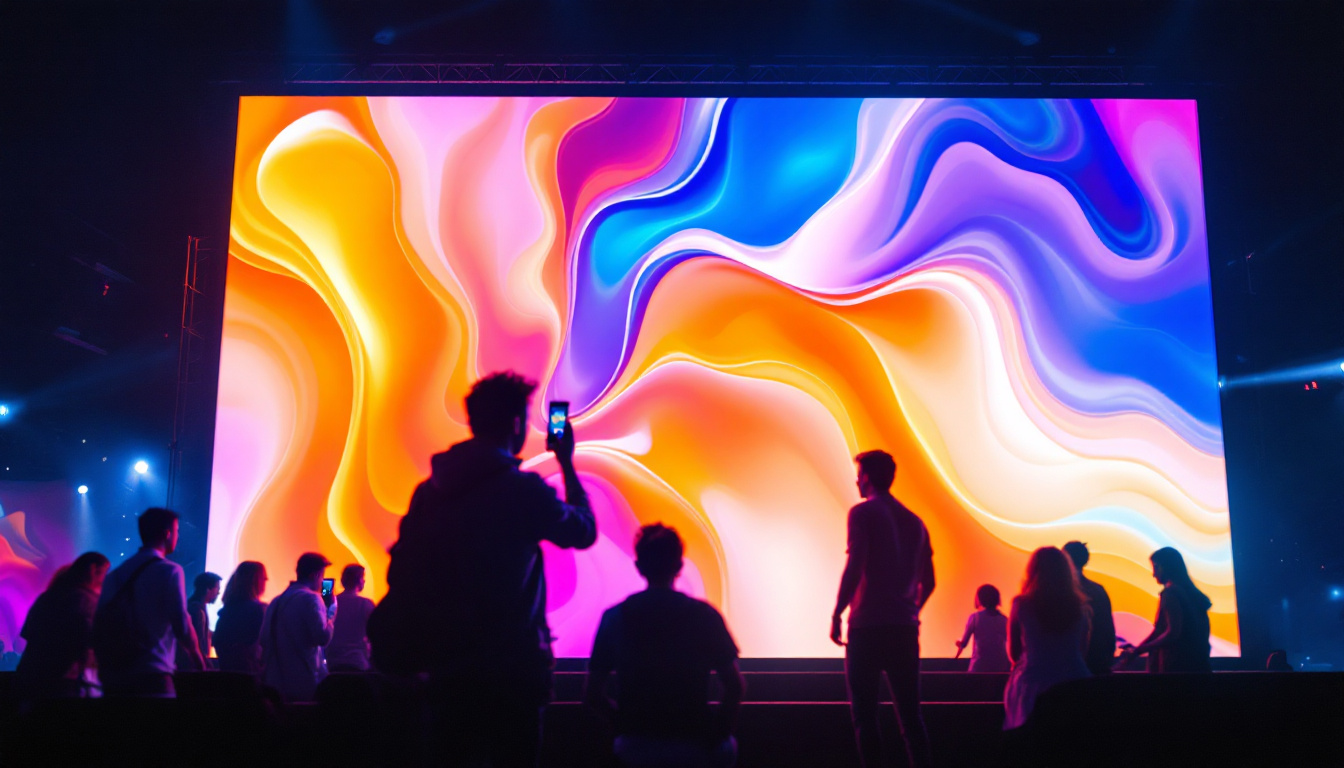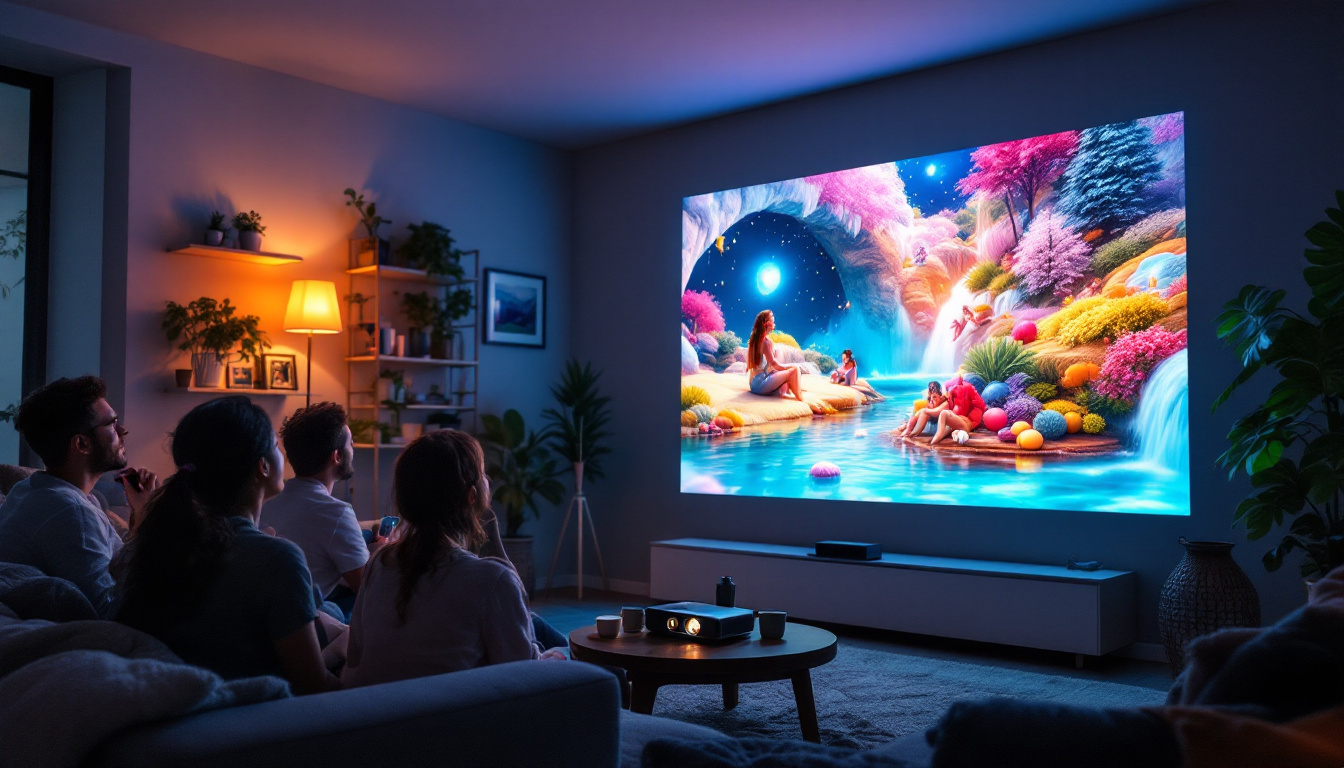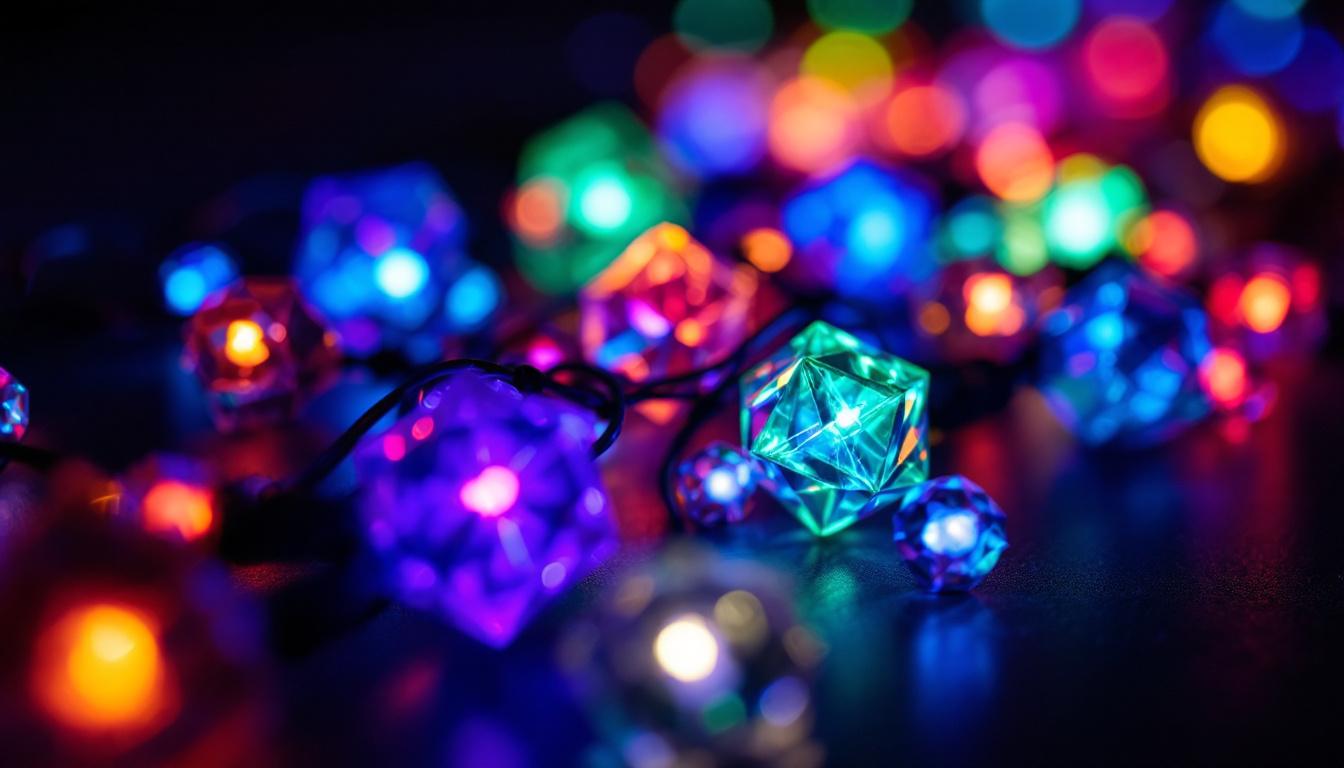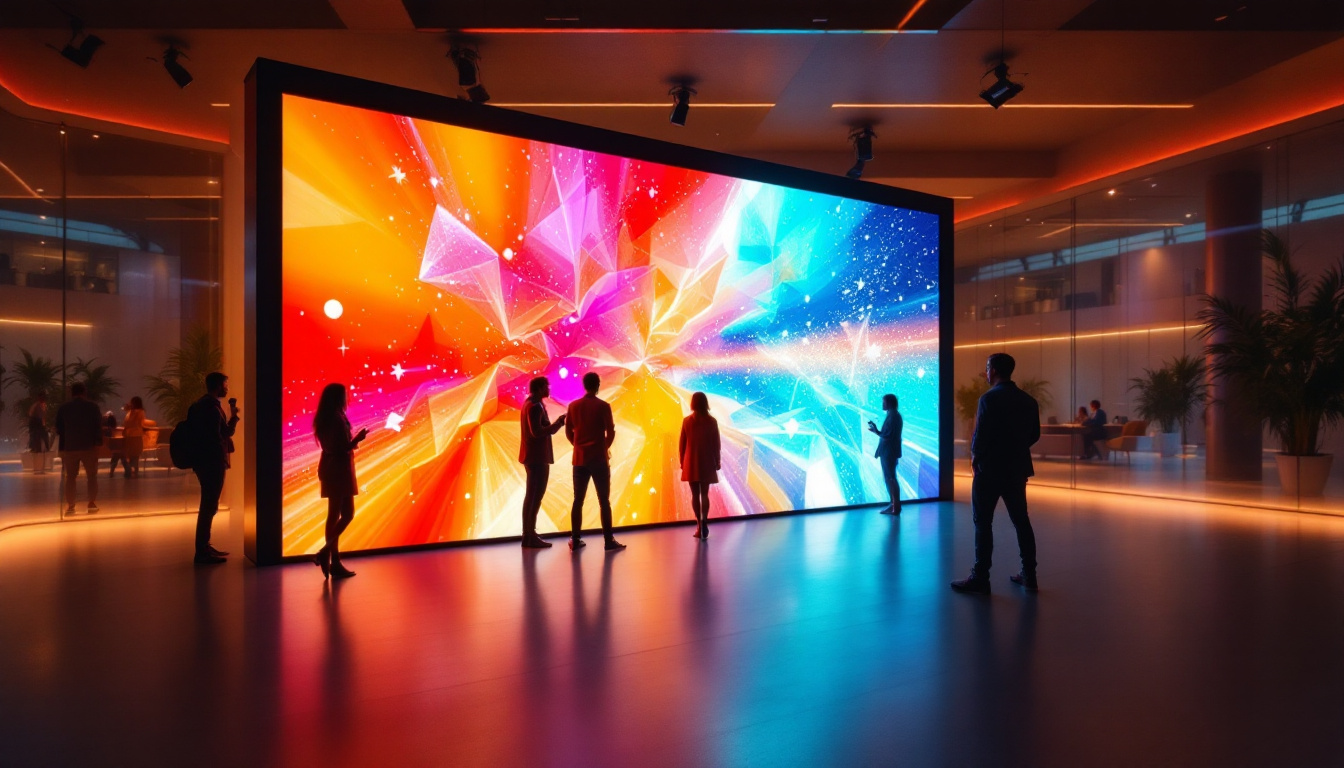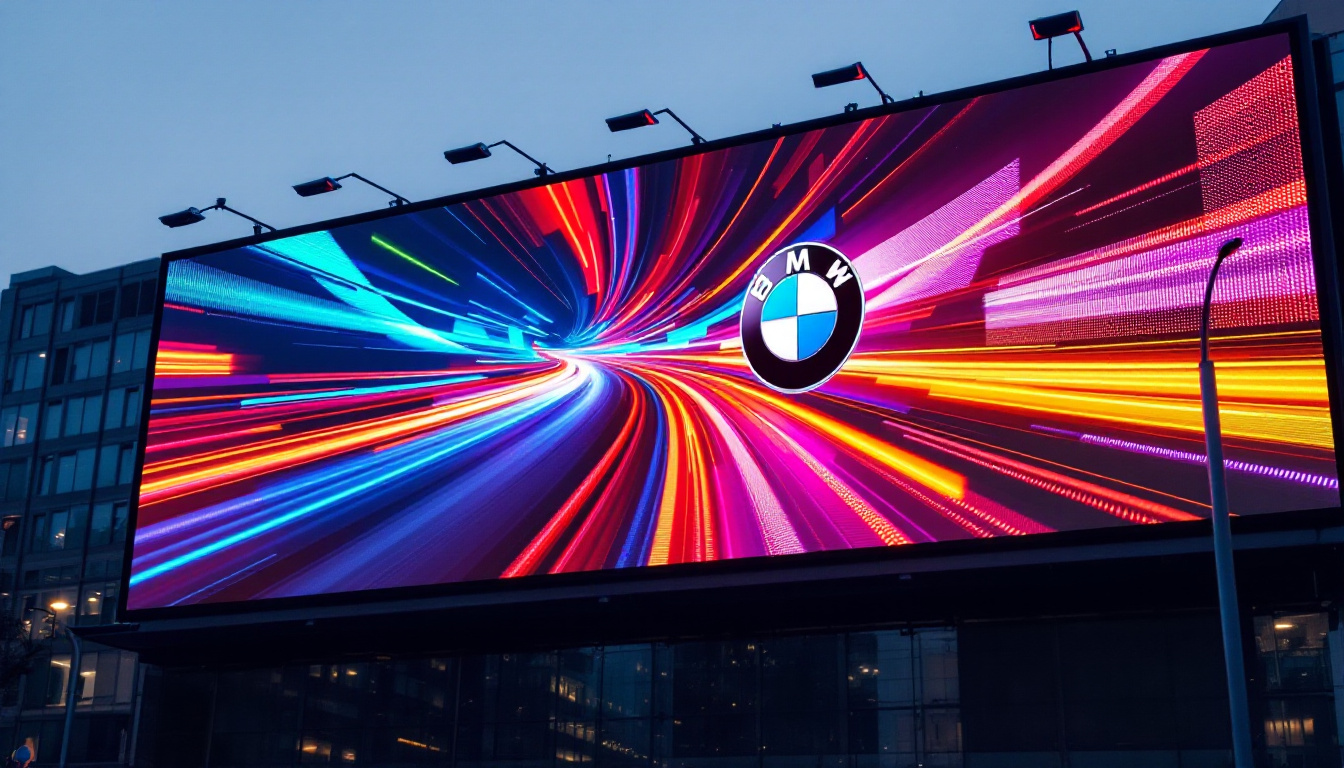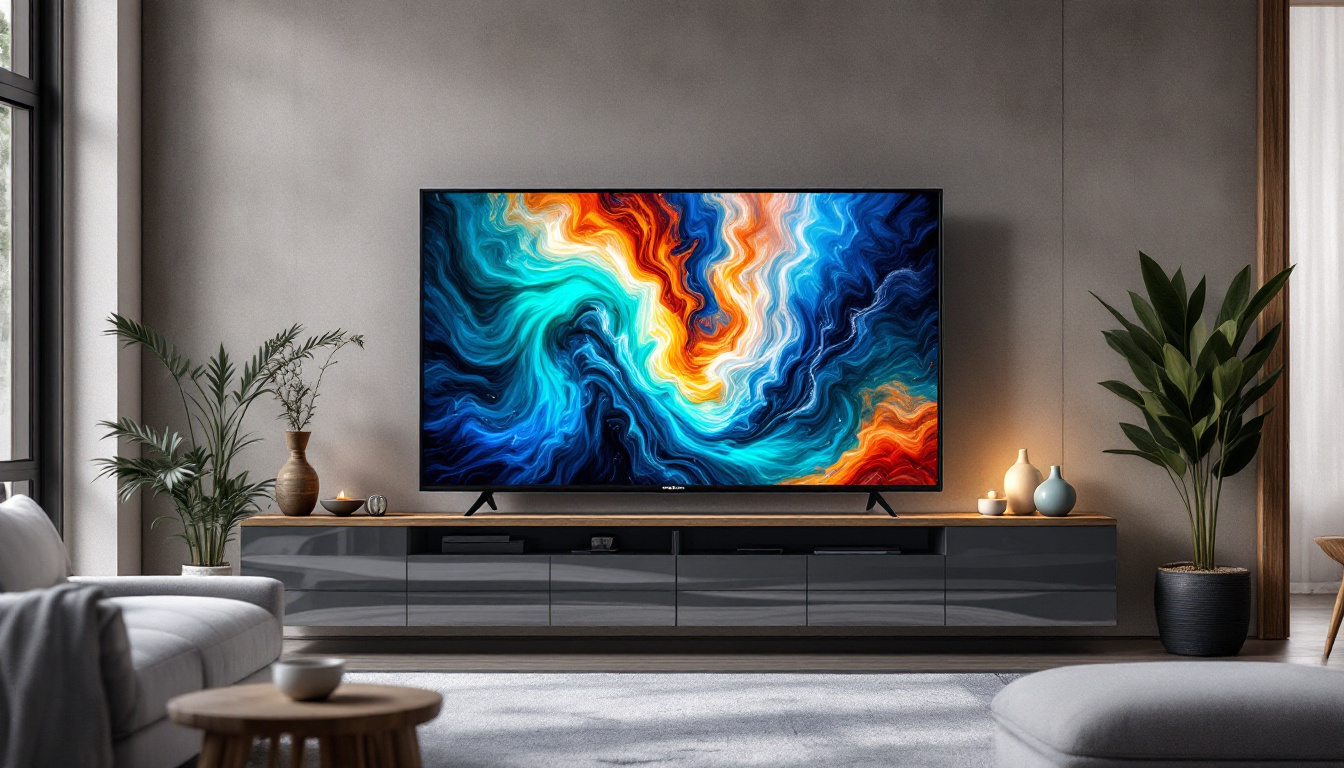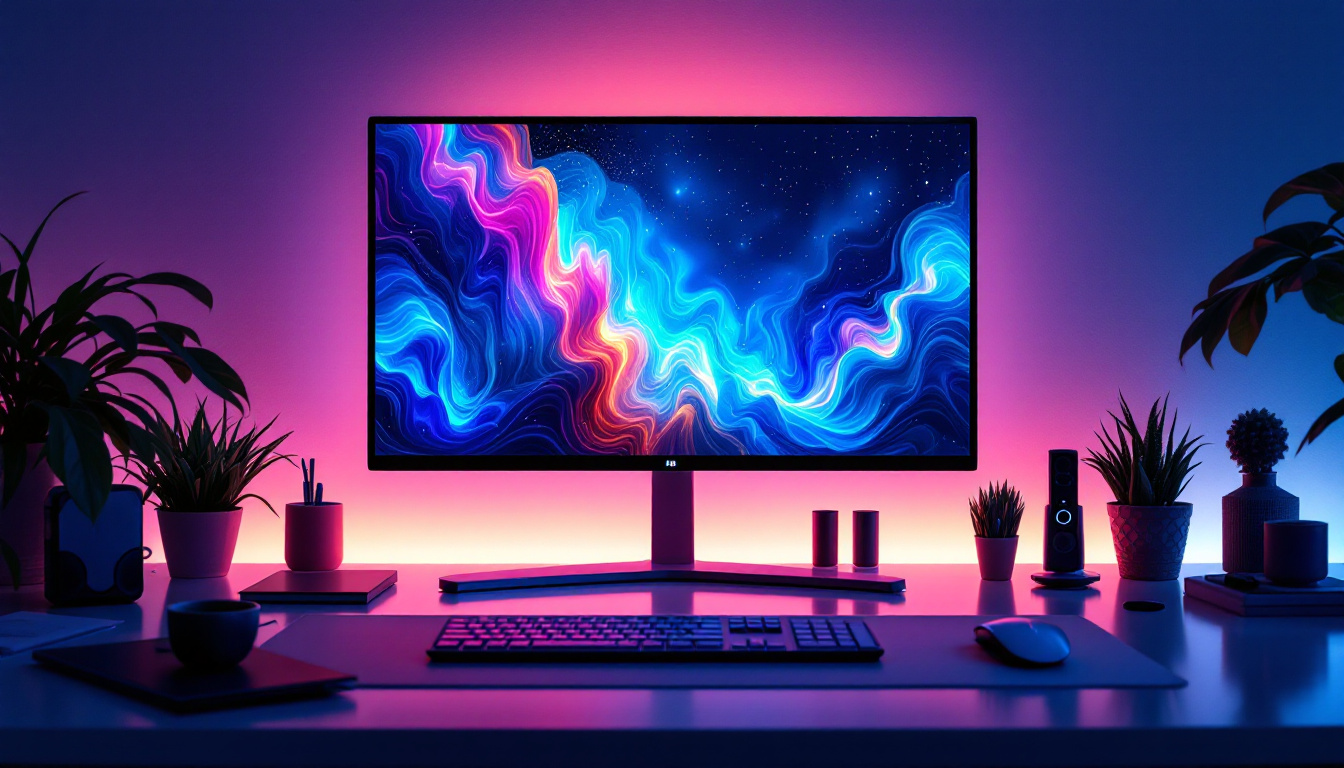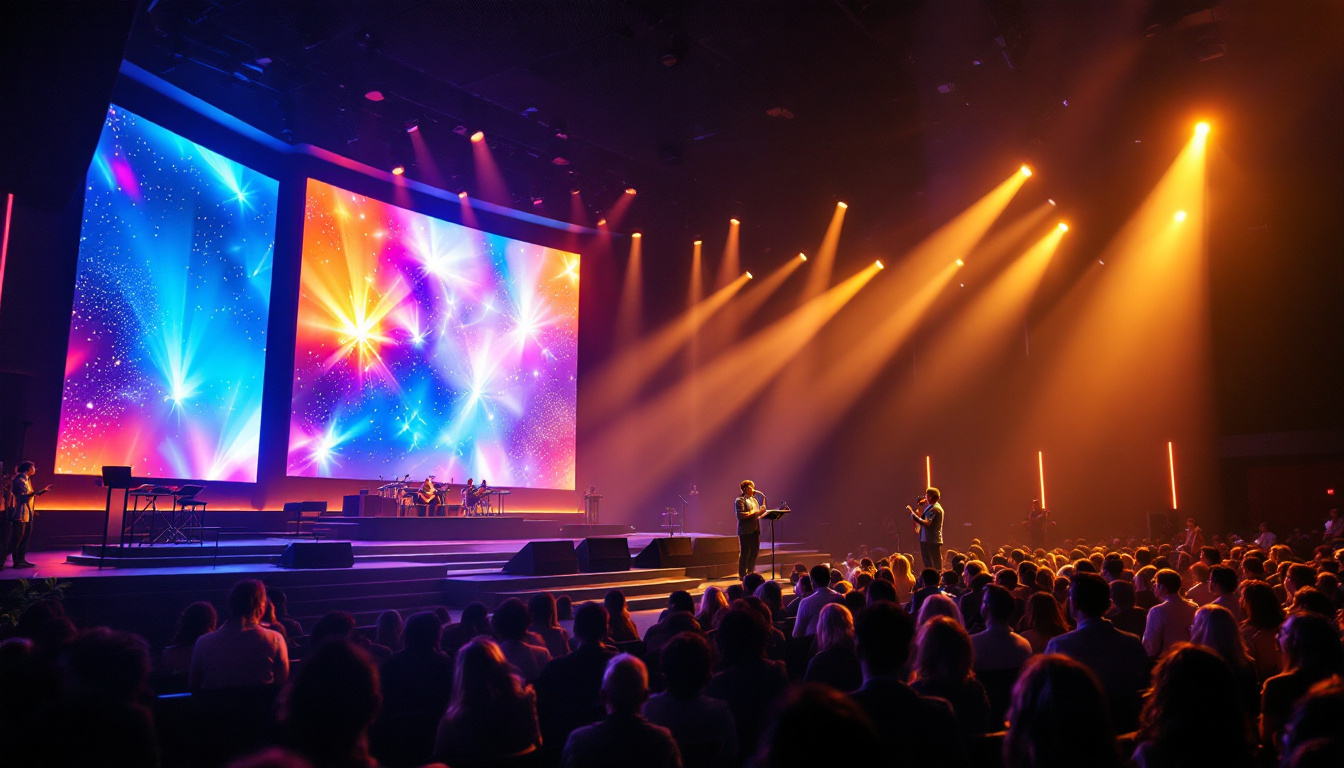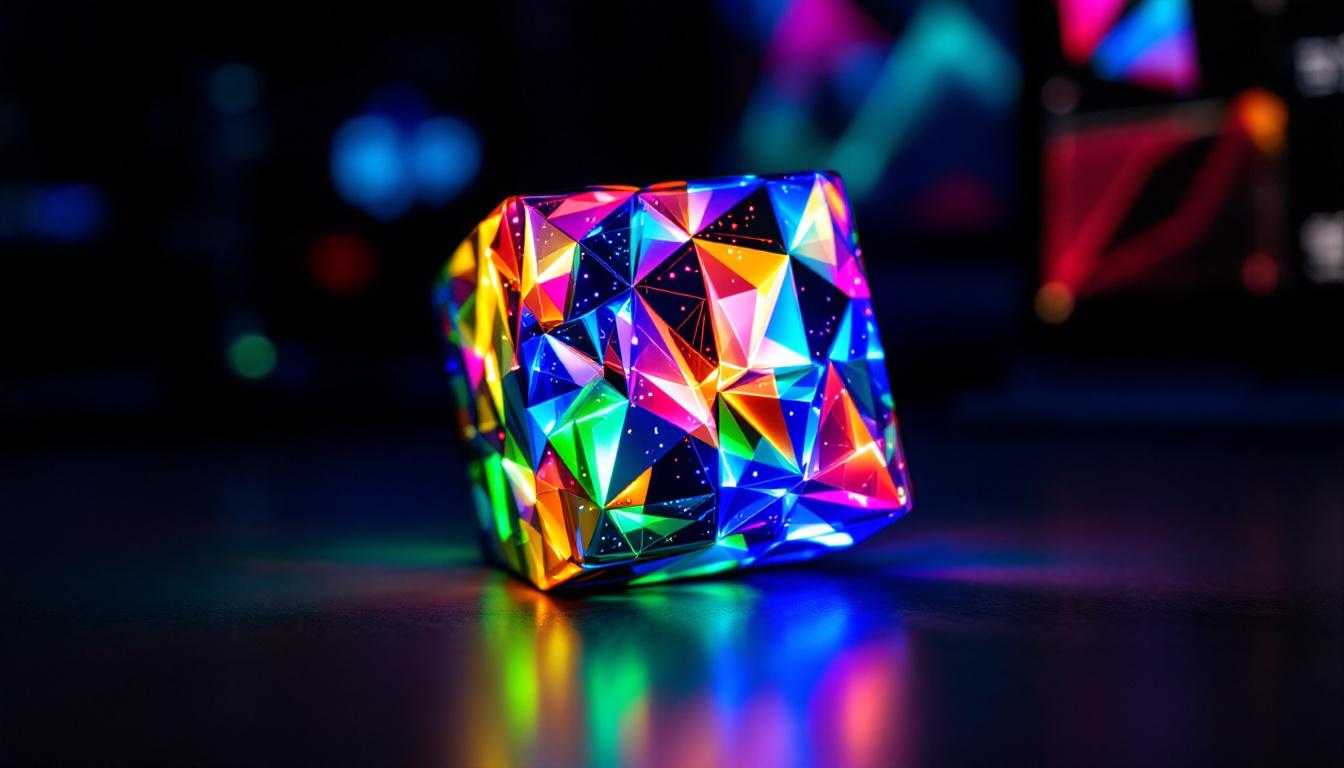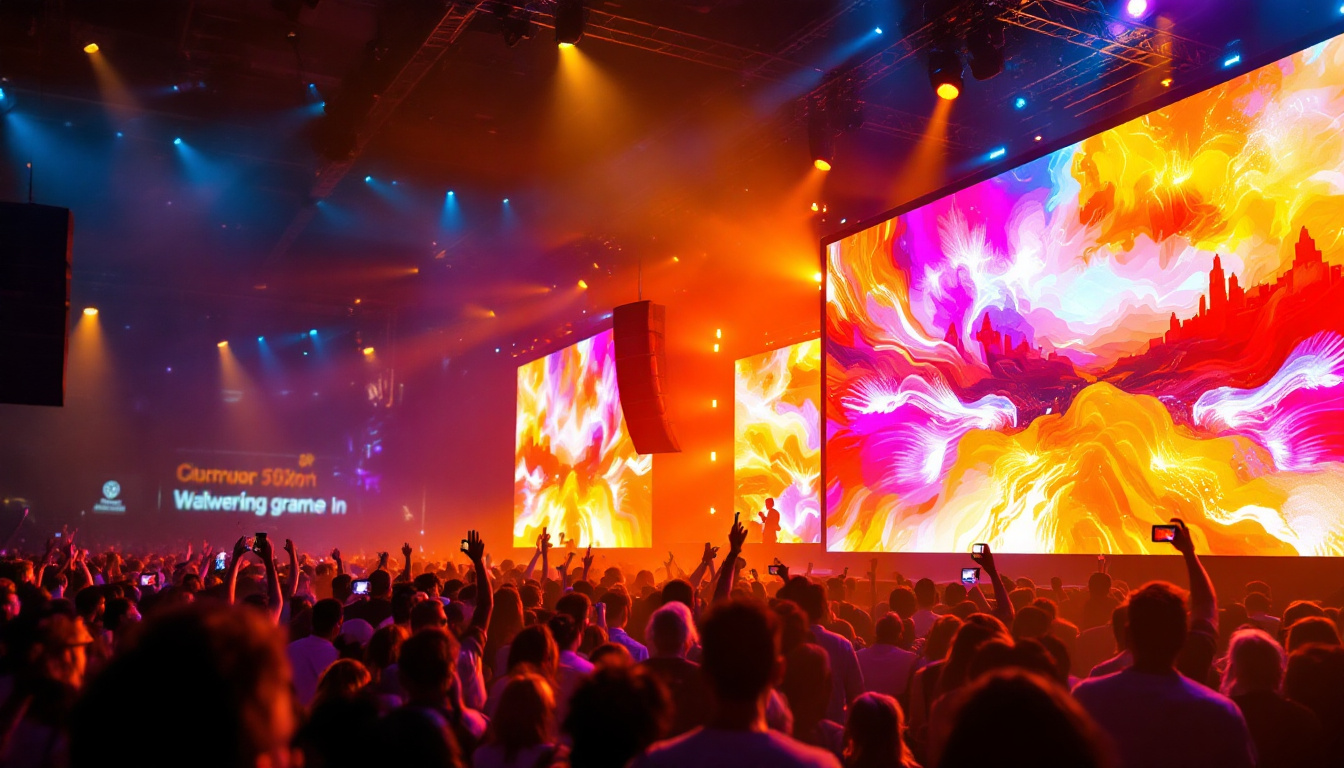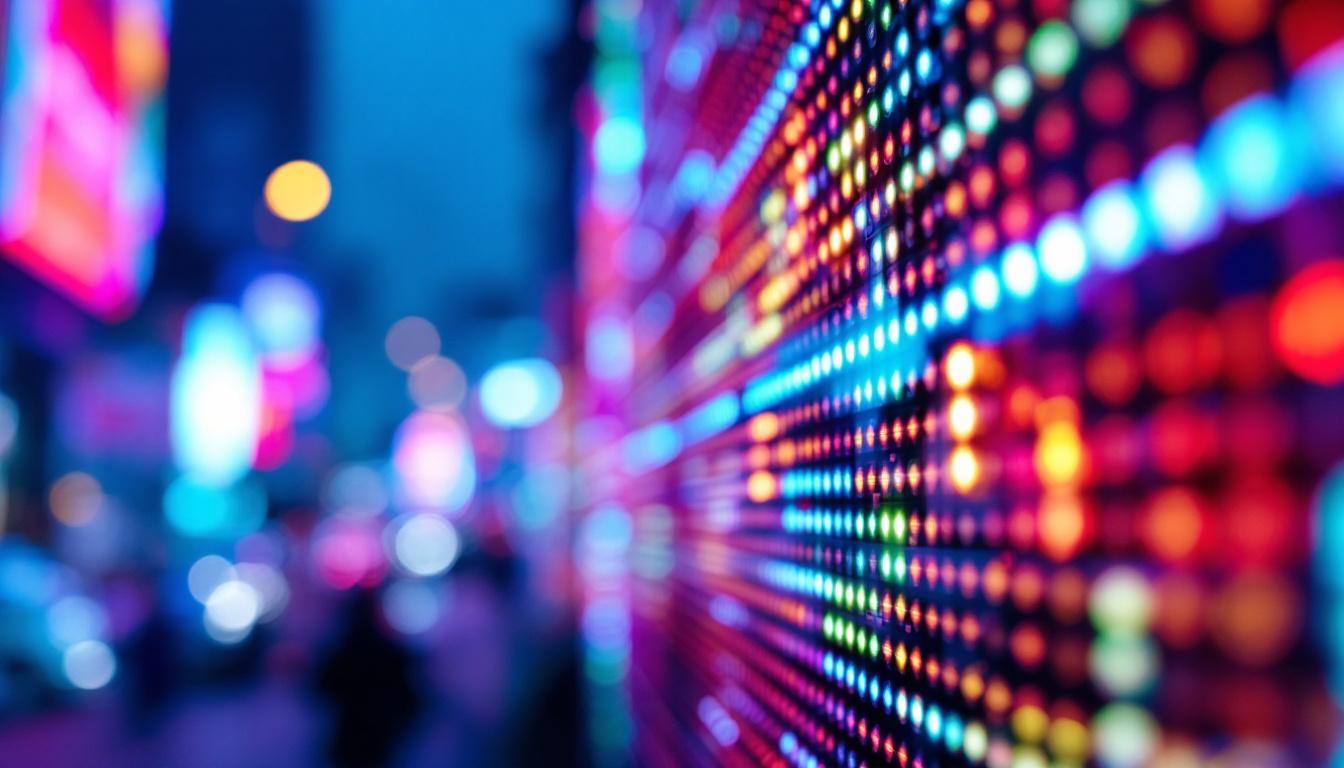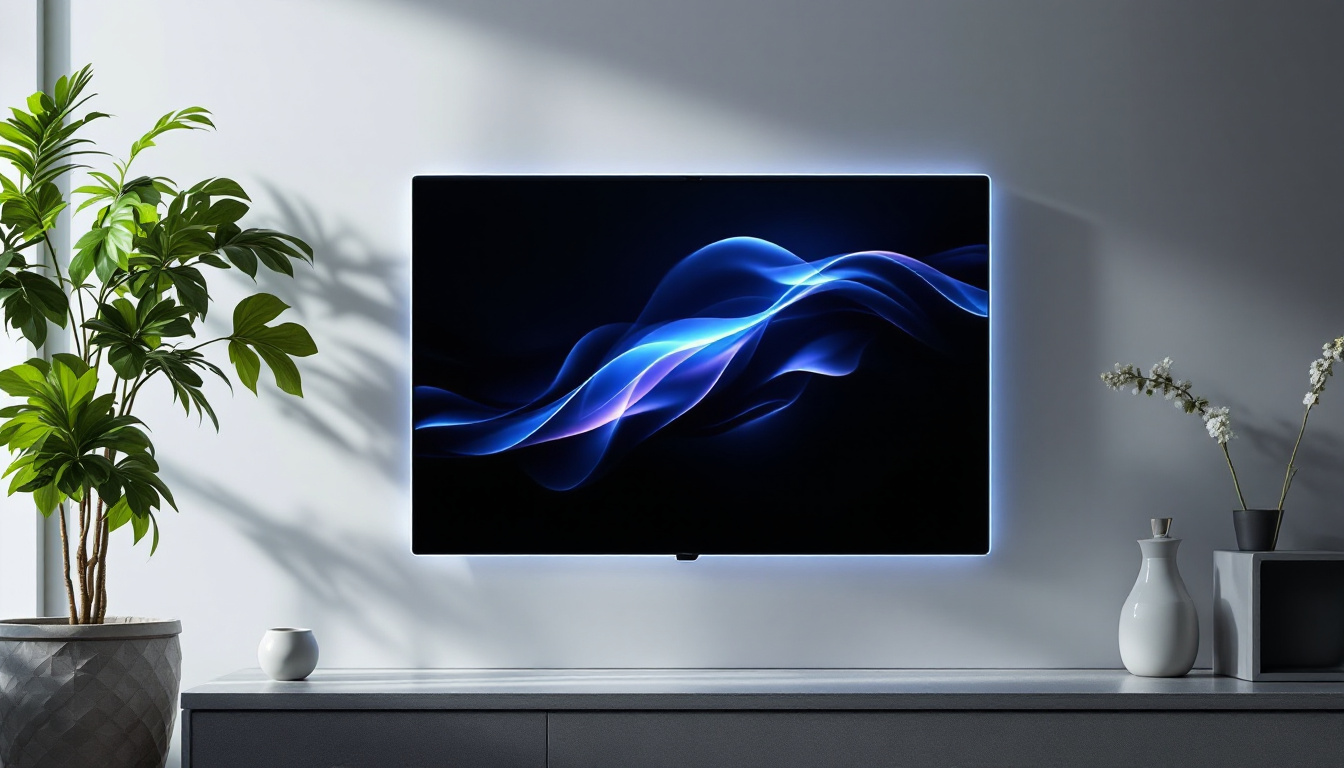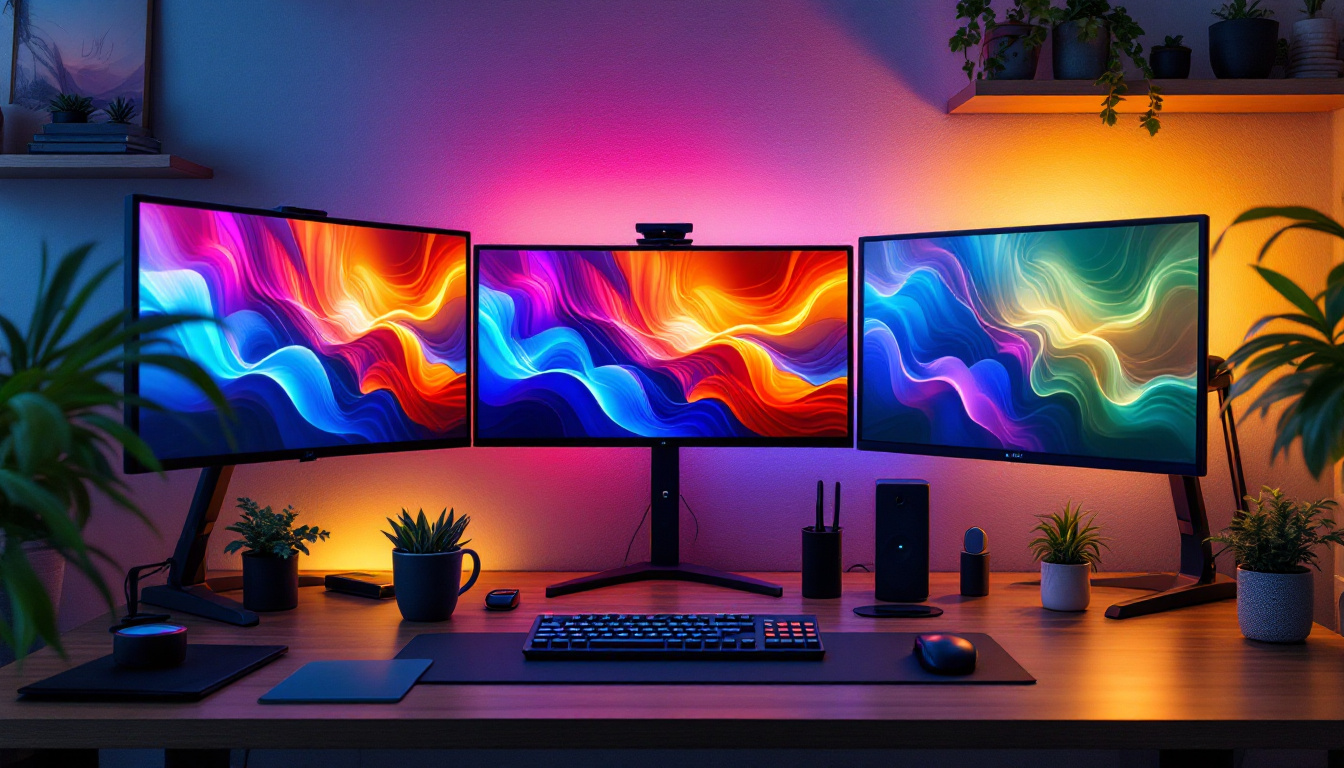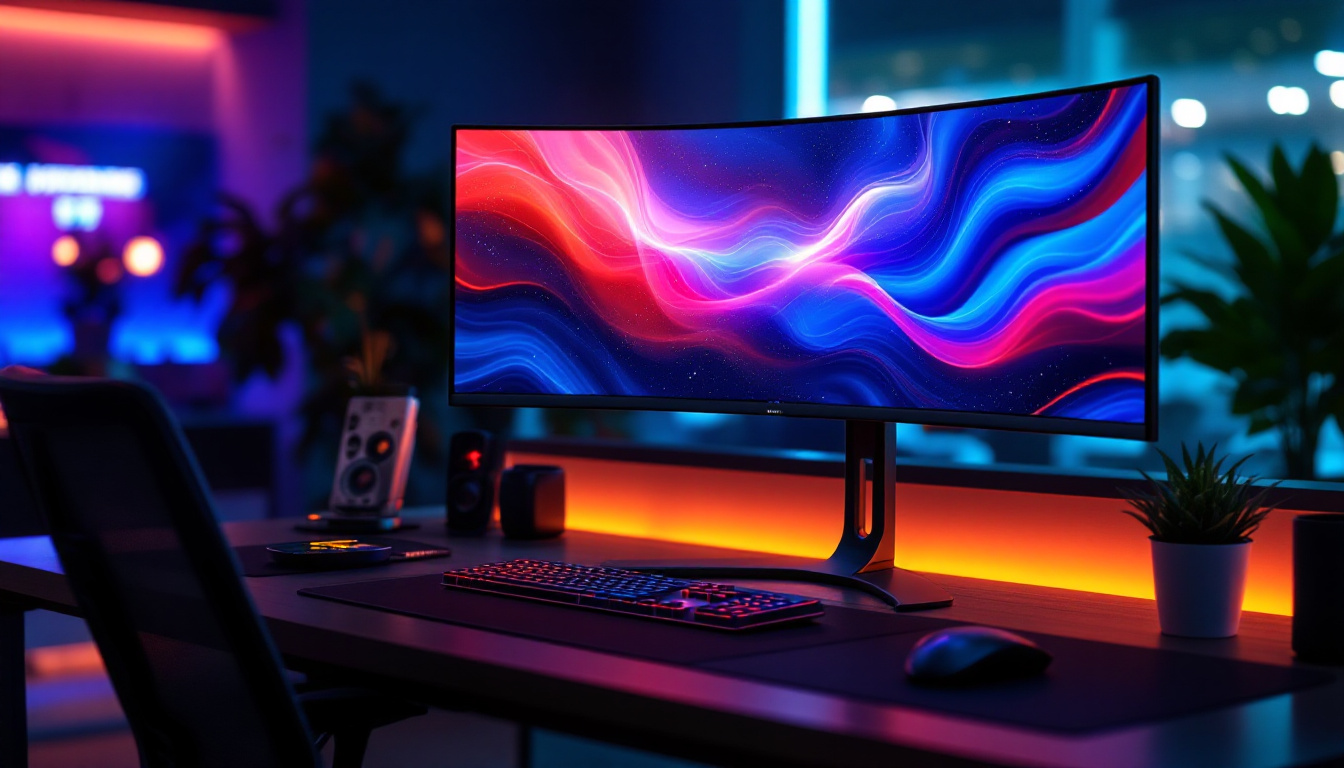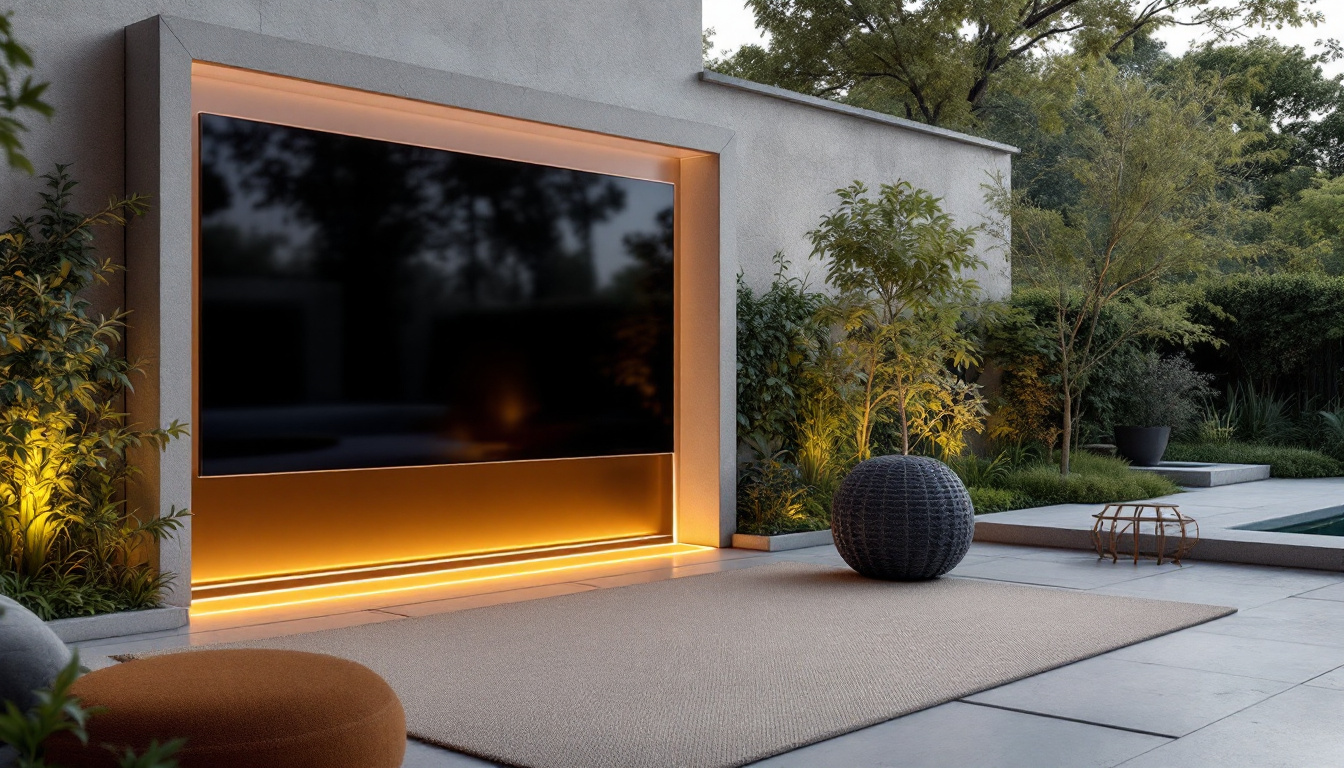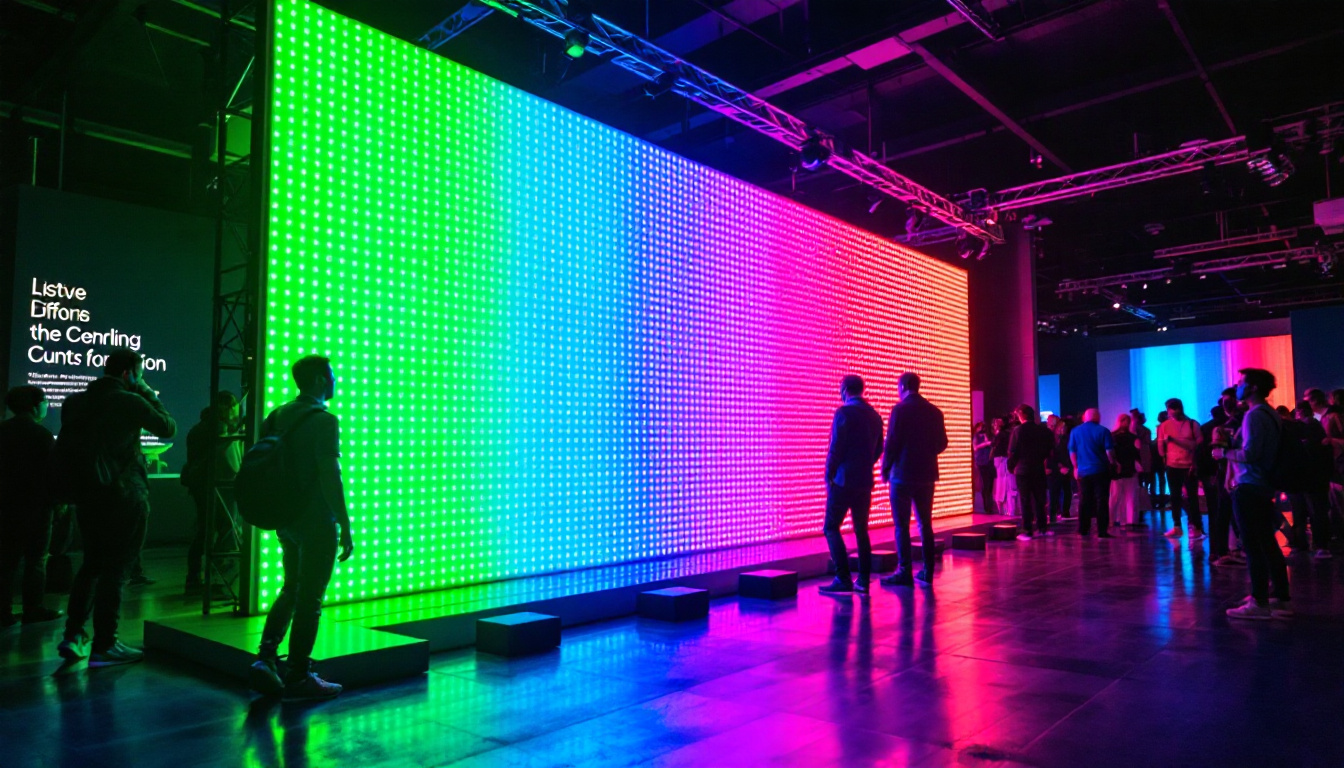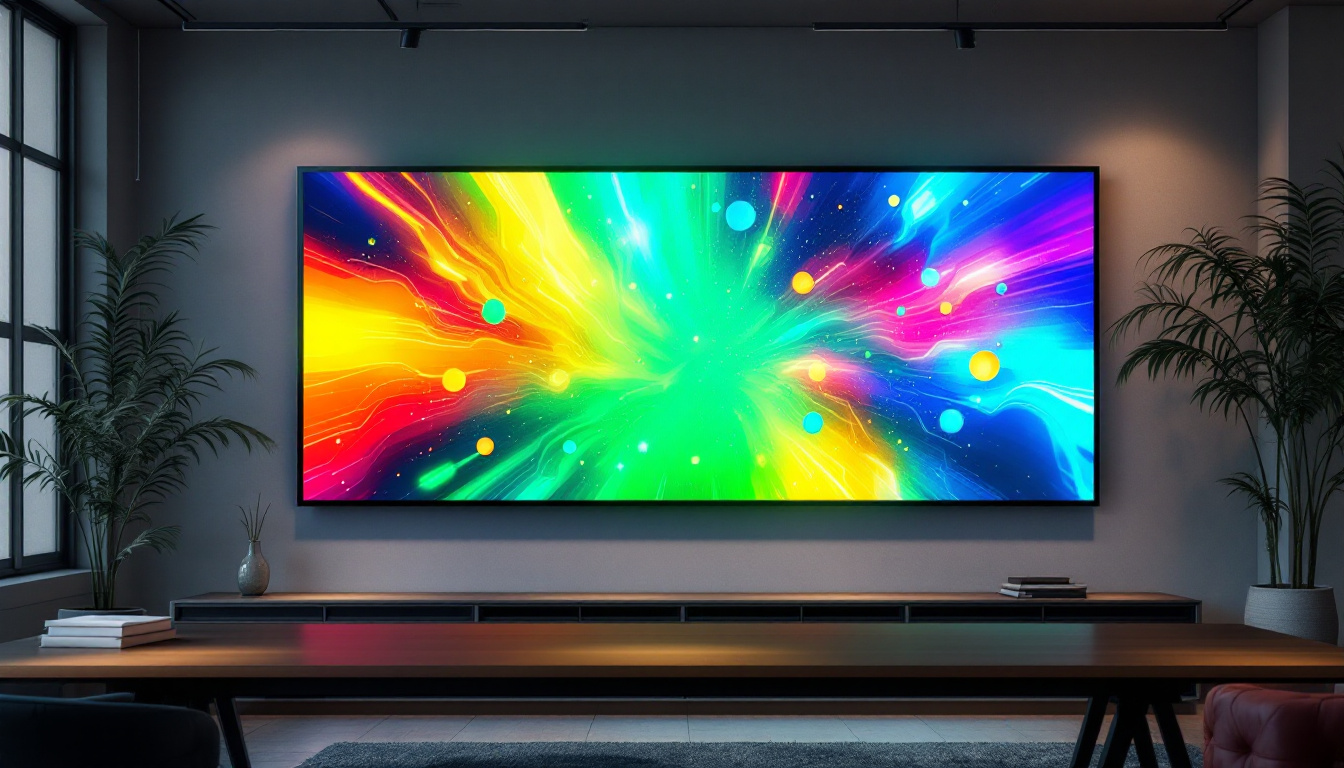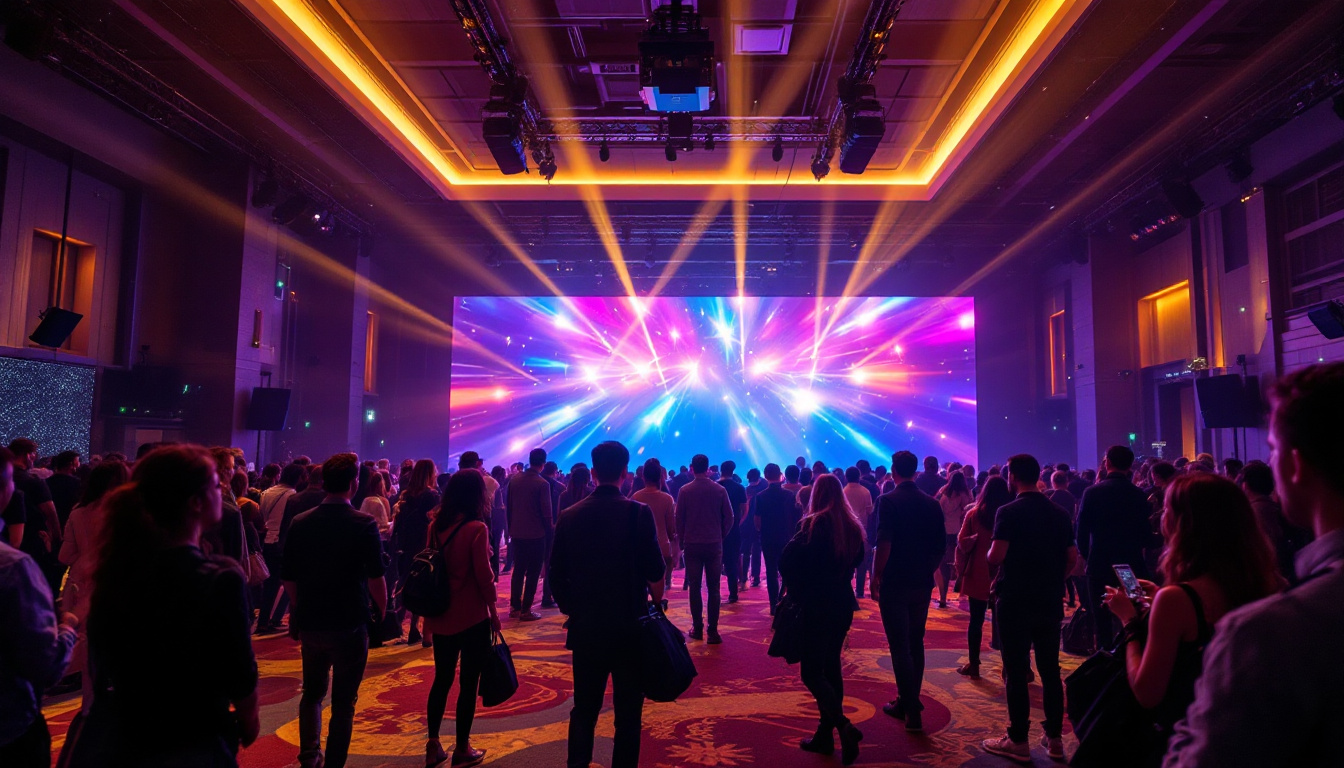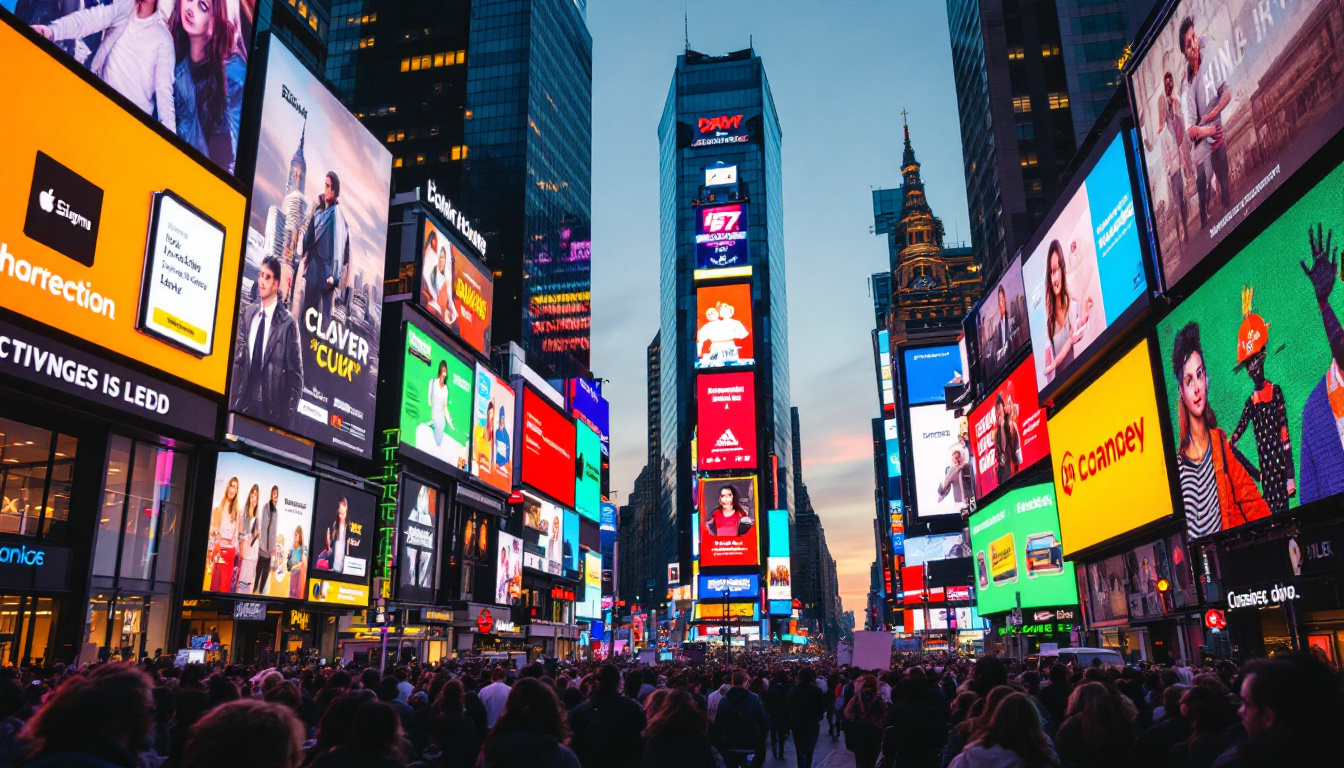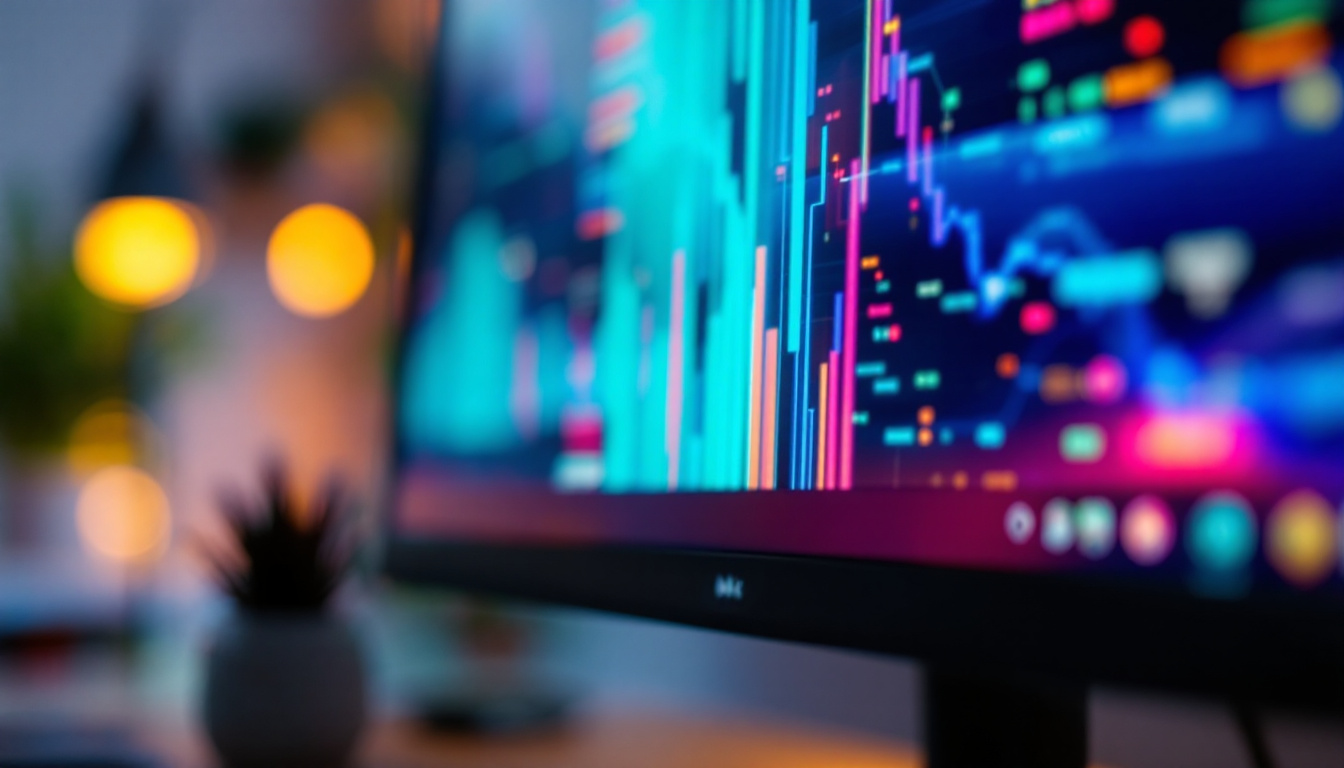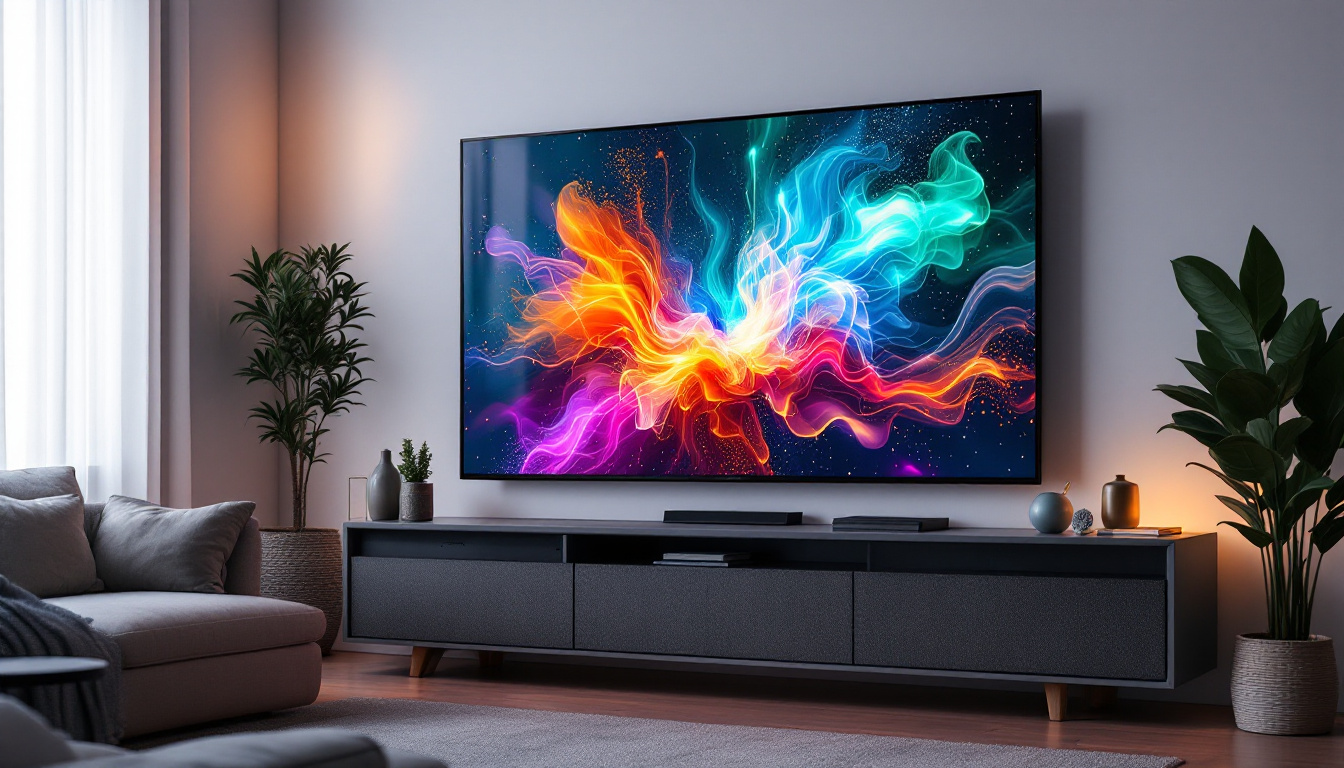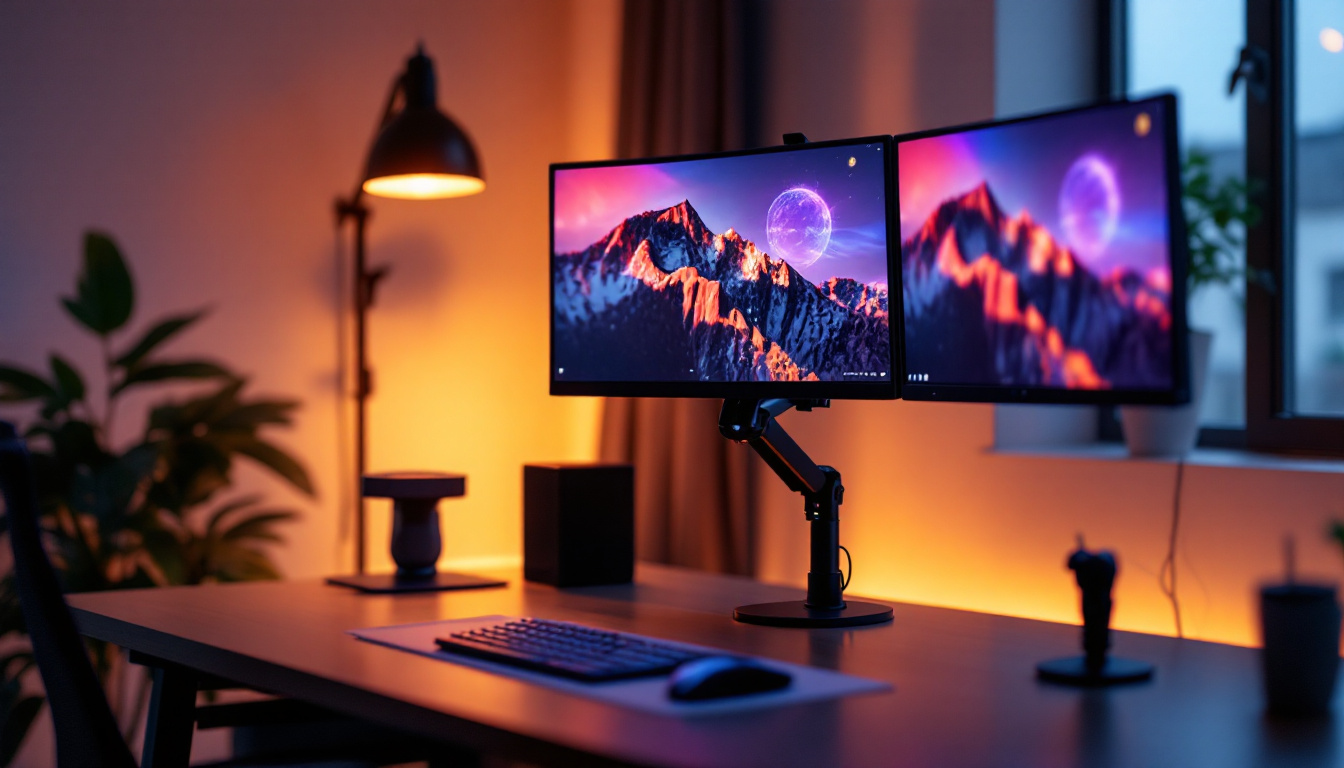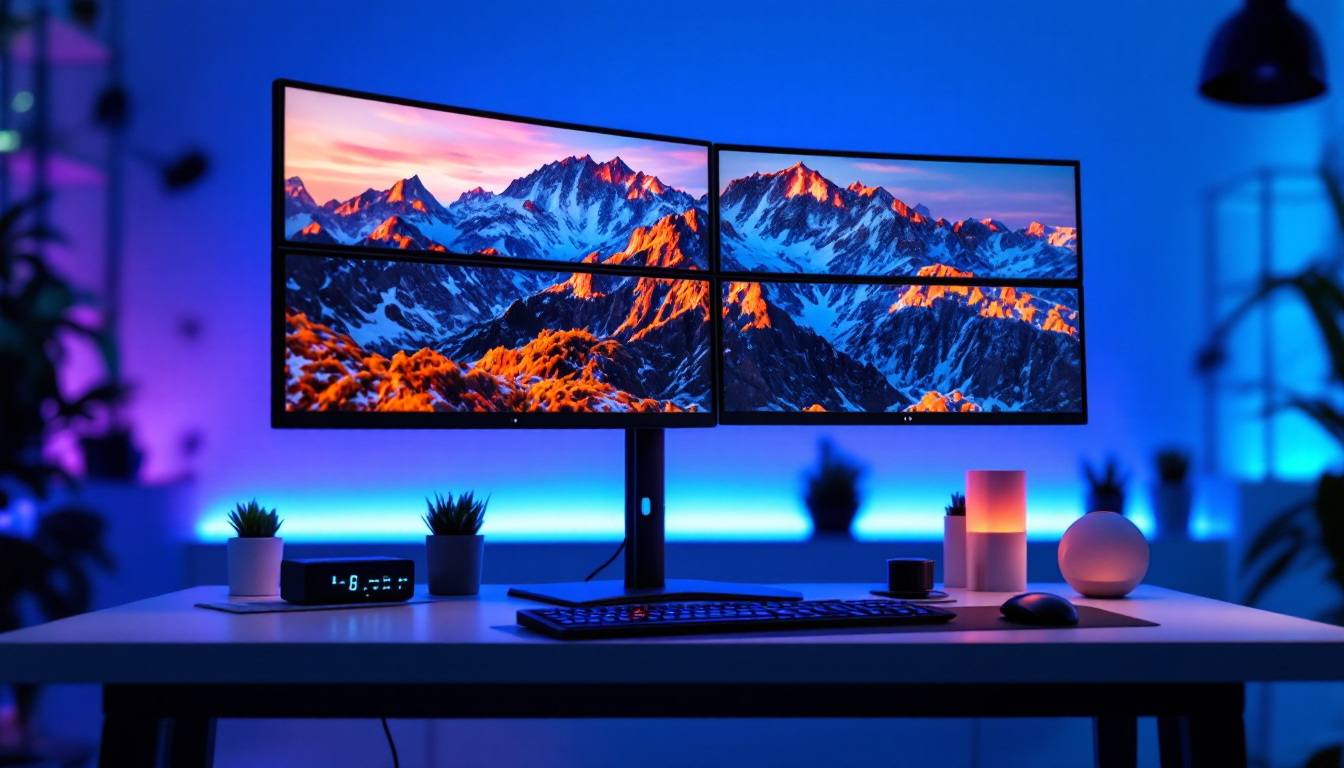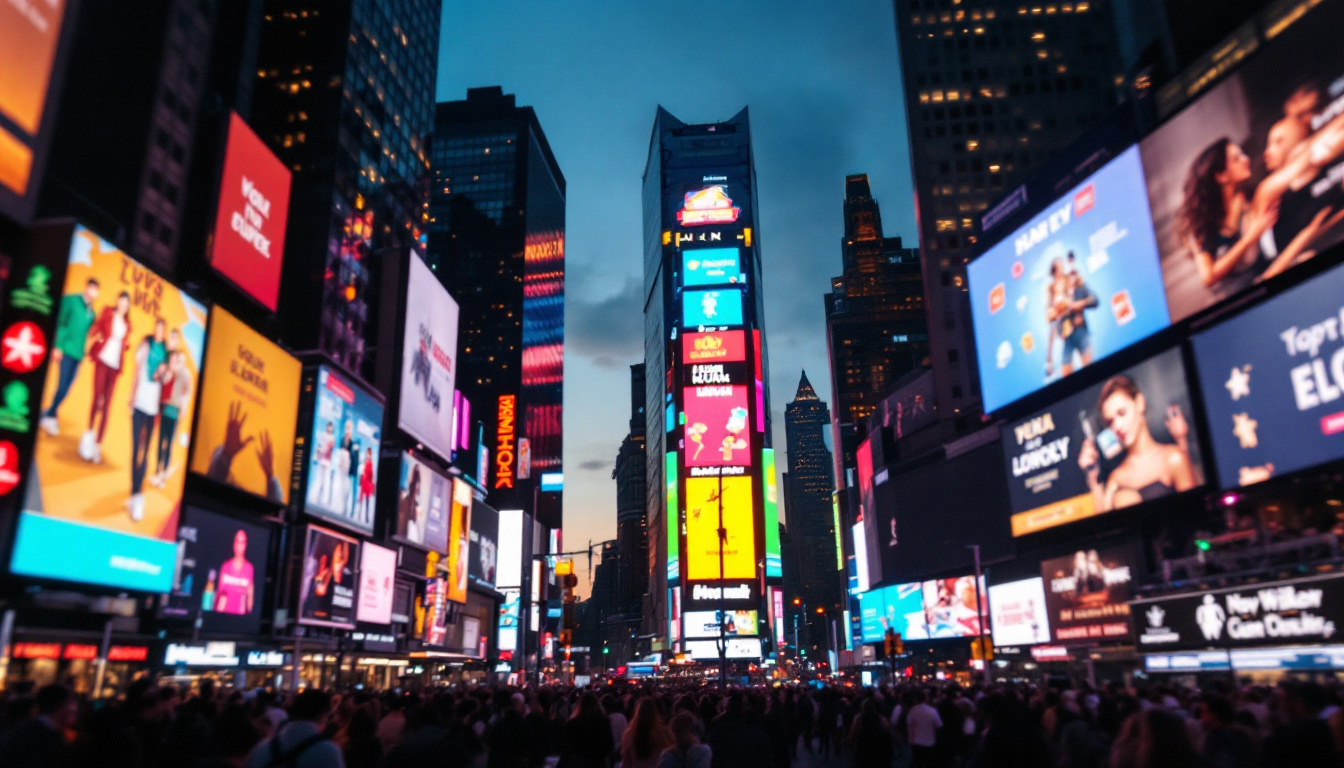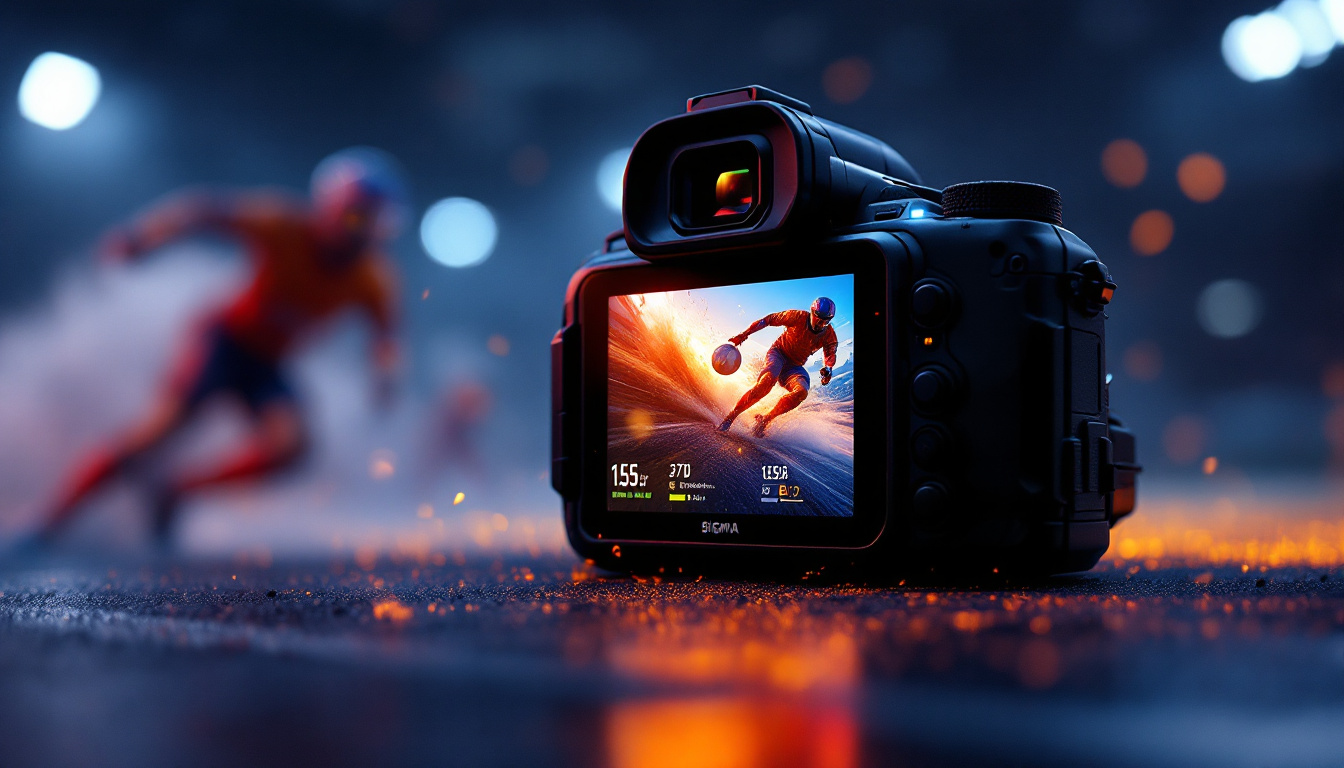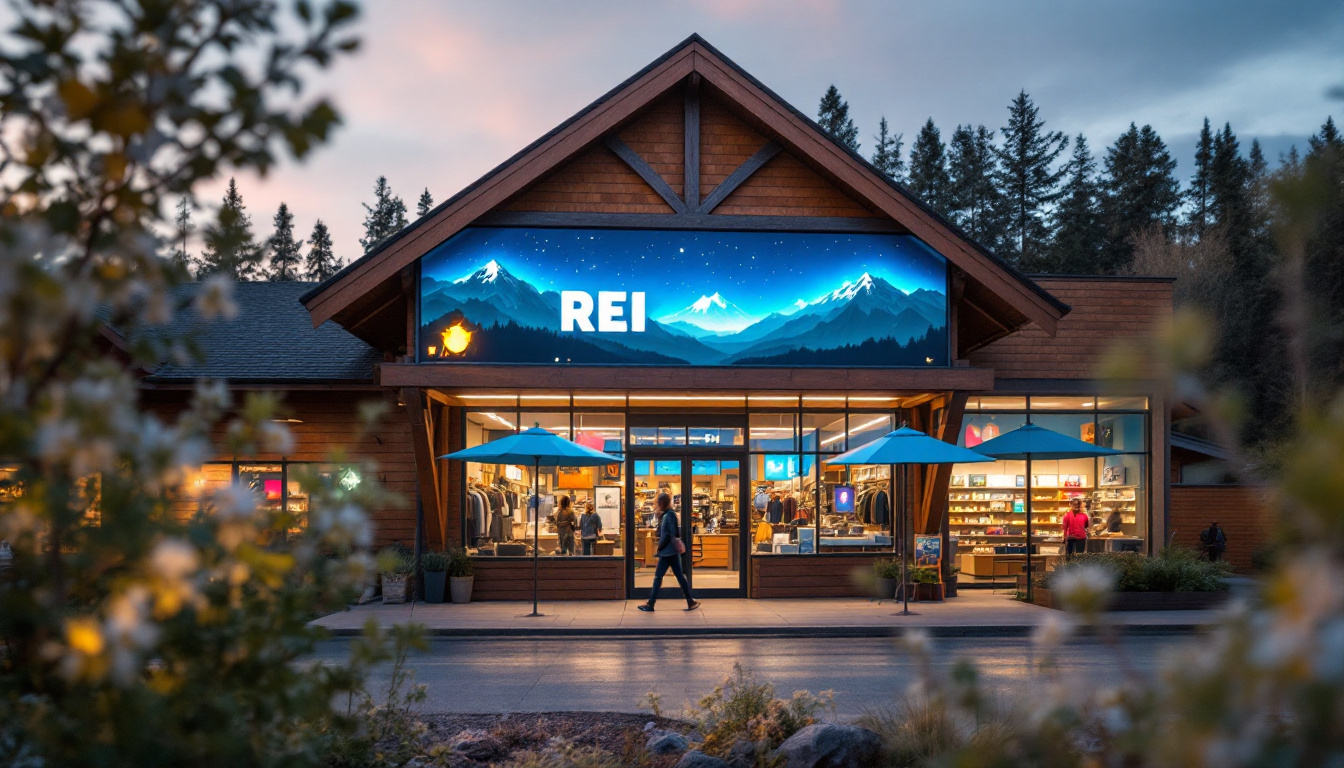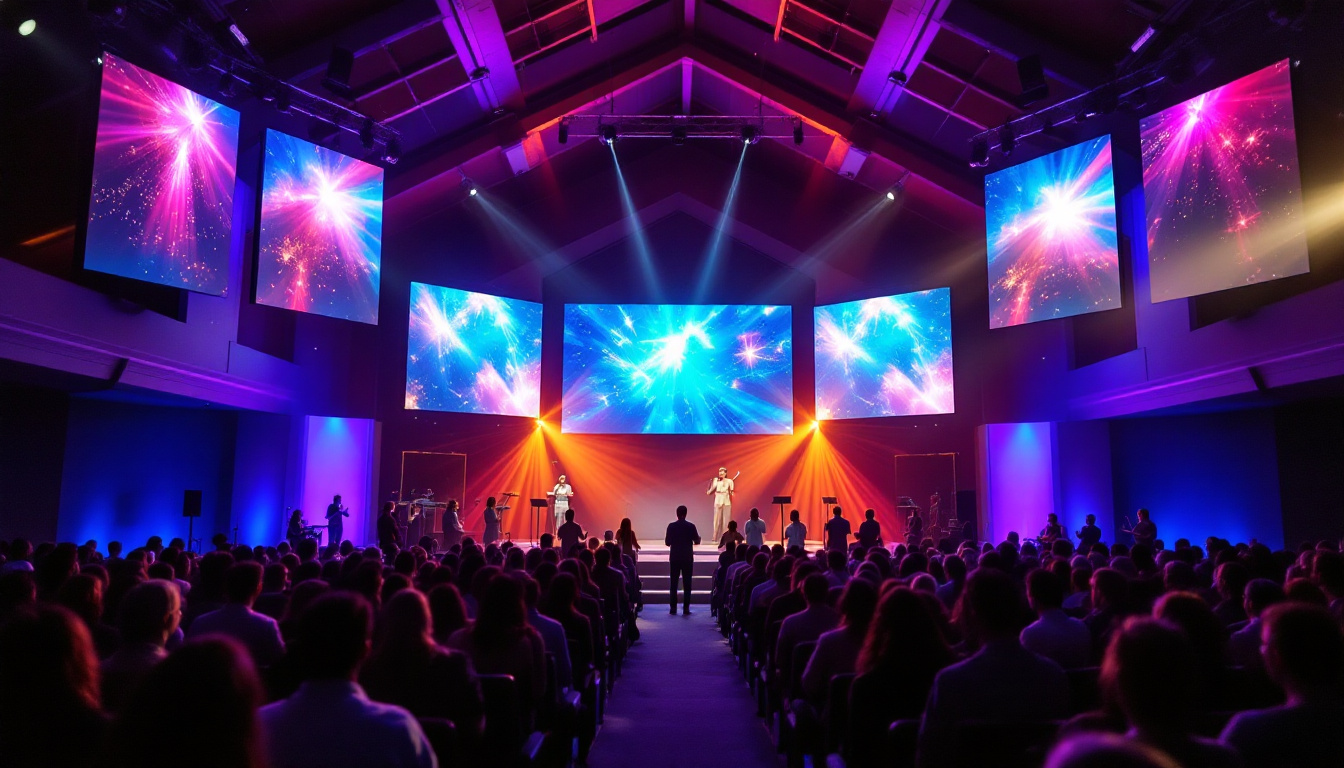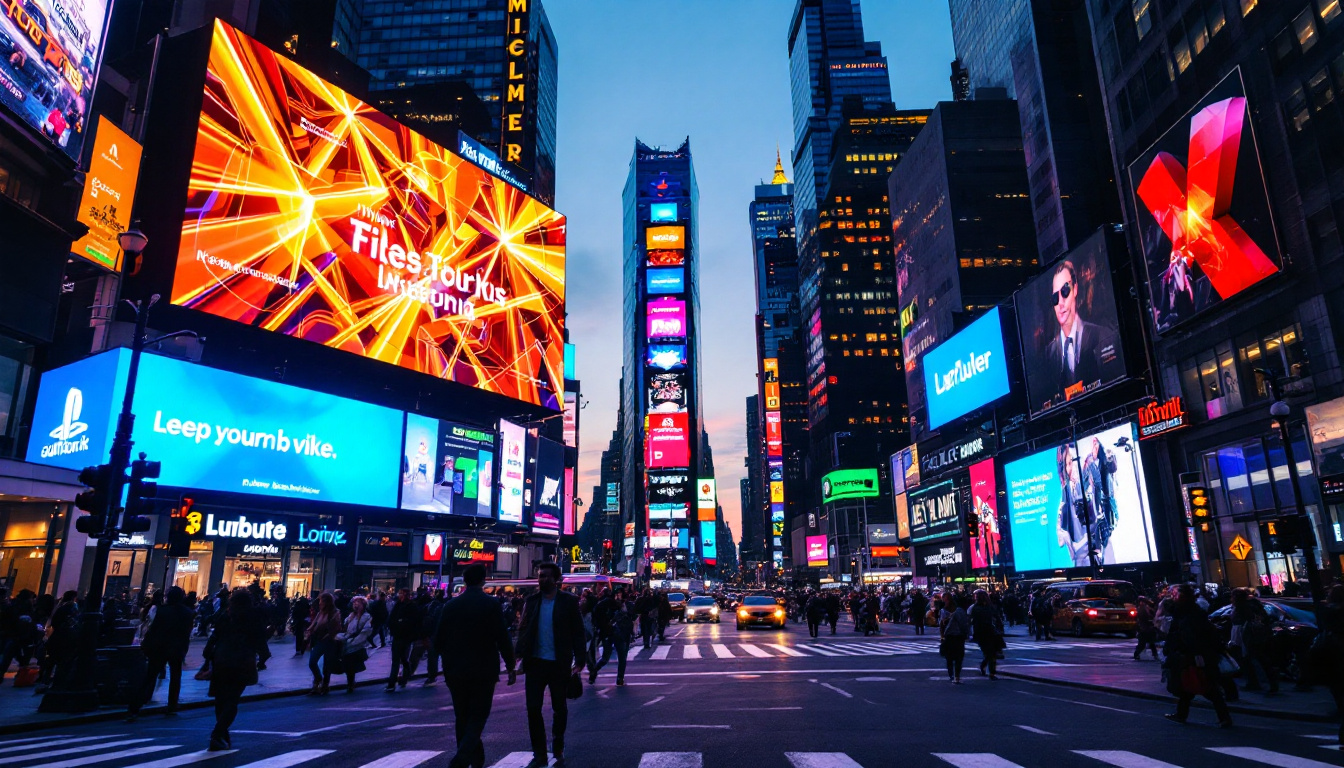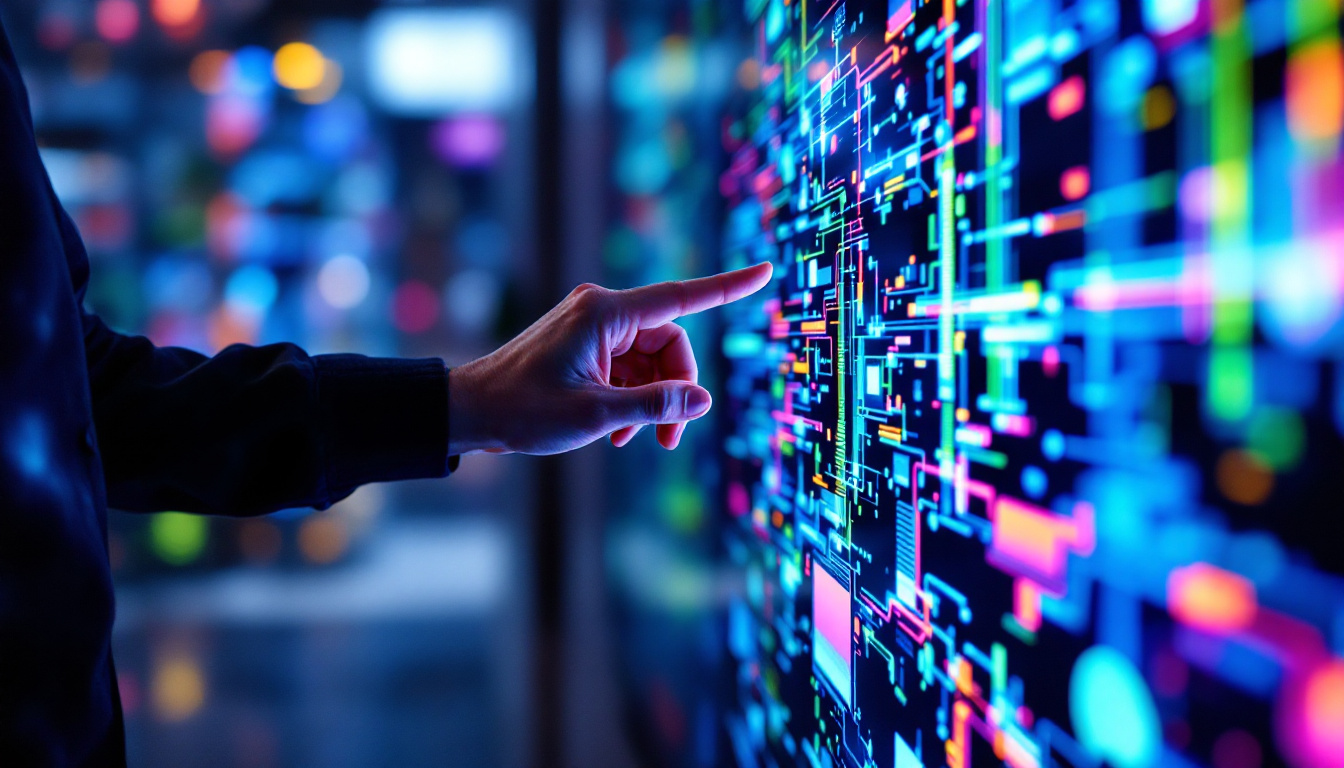In today’s digital age, LED screen panels have emerged as a transformative technology in various industries. From advertising to entertainment, these displays have revolutionized the way information is conveyed and experiences are created. This article delves into the intricacies of LED display technology, its applications, and the factors to consider when purchasing LED screen panels.
Understanding LED Technology
Light Emitting Diodes (LEDs) are semiconductor devices that emit light when an electric current passes through them. The technology has evolved significantly over the years, leading to the development of LED displays that are now ubiquitous in modern life. Initially, LEDs were primarily used for indicator lights and small displays, but advancements in technology have allowed them to be utilized in a wide range of applications, from residential lighting to large-scale advertising billboards.
The Basics of LED Displays
LED displays are made up of numerous small LEDs arranged in a grid. These panels can be classified into two main types: direct view and backlit. Direct view LED displays utilize the individual LEDs to create images, while backlit displays use LEDs to illuminate an LCD panel from behind. The direct view technology offers a more vivid and dynamic visual experience, as each LED can be individually controlled, allowing for stunning animations and effects that capture the viewer’s attention.
One of the key advantages of LED displays is their ability to produce vibrant colors and high contrast ratios, which enhance visual experiences. Additionally, they are energy-efficient, making them a sustainable choice for businesses and consumers alike. The longevity of LED technology also contributes to its appeal; with lifespans often exceeding 50,000 hours, they reduce the need for frequent replacements, further minimizing waste and operational costs.
Types of LED Displays
LED displays come in various forms, each suited for specific applications. Common types include:
- Indoor LED Displays: These are designed for use in enclosed spaces, such as shopping malls, conference rooms, and theaters. They typically have a higher pixel density for better image quality at close viewing distances. Indoor displays often feature advanced technologies like high refresh rates and wide viewing angles, ensuring that the content remains clear and vibrant from different perspectives.
- Outdoor LED Displays: Built to withstand varying weather conditions, outdoor LED displays are often used for billboards, sports arenas, and public events. They are brighter and more durable than indoor models, equipped with protective coatings to shield them from rain, dust, and UV rays. This resilience allows them to deliver consistent performance in diverse environments, making them a popular choice for advertising and public announcements.
- Transparent LED Displays: These innovative displays allow light to pass through, making them ideal for storefronts and exhibitions where visibility is crucial. By combining aesthetics with functionality, transparent LED displays can showcase products while simultaneously displaying dynamic content, creating an engaging shopping experience. Their unique design also enables architects and designers to integrate technology seamlessly into modern buildings, enhancing the overall visual appeal.
In addition to these common types, there are also specialized LED displays such as flexible LED screens, which can be bent and shaped to fit unconventional spaces, and high-definition LED walls that provide stunning visuals for concerts and events. The versatility of LED technology continues to inspire creativity across various industries, pushing the boundaries of how we communicate and interact with visual media.
Applications of LED Screen Panels
The versatility of LED screen panels enables their use across a wide range of industries. Below are some prominent applications that highlight their significance.
Advertising and Marketing
One of the most common uses of LED displays is in advertising. Digital billboards and signage can attract attention with dynamic content that changes in real-time. This capability allows businesses to promote products and services effectively, reaching a broader audience.
Moreover, LED displays can be strategically placed in high-traffic areas, maximizing visibility and engagement. The ability to show video content further enhances the impact of advertising campaigns, making them more memorable.
Events and Entertainment
In the realm of entertainment, LED screen panels play a crucial role in enhancing live events. Concerts, festivals, and sports events utilize large LED screens to provide audiences with clear visuals, ensuring that even those seated far from the stage can enjoy the experience.
Furthermore, LED displays are often used for stage backdrops, creating immersive environments that elevate performances. The flexibility of these screens allows for creative designs that can transform any venue.
Corporate and Educational Use
In corporate settings, LED displays are increasingly used for presentations, conferences, and training sessions. They provide clear visuals that facilitate communication and engagement among participants. Additionally, their ability to connect to various devices makes them versatile tools for information sharing.
Educational institutions also benefit from LED technology. Classrooms equipped with LED displays can enhance learning experiences through interactive lessons and multimedia presentations, catering to different learning styles.
Factors to Consider When Buying LED Screen Panels
When considering the purchase of LED screen panels, several factors come into play. Understanding these elements can help ensure that the chosen display meets specific needs and expectations.
Resolution and Pixel Pitch
The resolution of an LED display is a critical factor that influences image quality. Higher resolution displays offer more detail and clarity, making them suitable for applications where close viewing is common. Pixel pitch, which refers to the distance between the centers of two adjacent pixels, is also essential. A smaller pixel pitch results in a higher resolution and better image quality.
For indoor displays, a pixel pitch of 1.5mm to 3mm is typically recommended, while outdoor displays may range from 4mm to 16mm, depending on viewing distance and application.
Brightness and Contrast Ratio
Brightness is measured in nits, and it determines how visible the display will be in different lighting conditions. Outdoor LED displays require higher brightness levels to compete with sunlight, often exceeding 5,000 nits. In contrast, indoor displays can function well with lower brightness levels.
Contrast ratio, which measures the difference between the darkest and brightest parts of an image, is also crucial. A higher contrast ratio enhances the overall image quality, making colors appear more vibrant and details more pronounced.
Durability and Maintenance
Durability is a key consideration, especially for outdoor LED displays that must withstand harsh weather conditions. Look for panels with robust construction and weatherproof ratings to ensure longevity.
Maintenance is another important aspect. Some LED displays are designed for easy access to components, allowing for quick repairs and replacements. Understanding the maintenance requirements can help minimize downtime and ensure optimal performance.
Cost Considerations
The cost of LED screen panels can vary significantly based on several factors, including size, resolution, and technology. It is essential to establish a budget before making a purchase and to consider the long-term return on investment.
Initial Investment vs. Long-term Savings
While the initial investment in high-quality LED displays may be higher than traditional signage, the long-term savings can be substantial. LED technology is energy-efficient, leading to lower electricity bills over time. Additionally, the durability of LED displays means reduced maintenance and replacement costs.
Businesses should also consider the potential revenue generated from enhanced advertising capabilities and improved customer engagement, which can offset the initial costs.
Financing Options
For those concerned about upfront costs, various financing options are available. Leasing agreements, installment plans, and financing through manufacturers or distributors can make acquiring LED screen panels more manageable.
Exploring these options can provide businesses with the flexibility to invest in high-quality displays without straining their budgets.
Future Trends in LED Display Technology
The LED display industry is continually evolving, with new advancements enhancing performance and functionality. Staying informed about these trends can help businesses make informed decisions when investing in LED technology.
Advancements in Resolution and Pixel Density
As technology progresses, manufacturers are developing displays with even higher resolutions and pixel densities. This trend is particularly evident in the rise of 8K displays, which offer unparalleled clarity and detail. Such advancements will further enhance the viewing experience, making LED displays an even more attractive option for various applications.
Integration with Smart Technology
Smart technology integration is another significant trend in the LED display market. Displays that can connect to the Internet of Things (IoT) allow for real-time content updates, remote management, and data analytics. This capability enables businesses to tailor their messaging and improve customer engagement dynamically.
Moreover, the integration of artificial intelligence (AI) into LED displays can enhance personalization, allowing for targeted advertising and content delivery based on audience behavior and preferences.
Eco-Friendly Innovations
As sustainability becomes a priority for many organizations, the LED display industry is responding with eco-friendly innovations. Manufacturers are focusing on energy-efficient designs, recyclable materials, and sustainable production processes. These advancements not only reduce environmental impact but also appeal to consumers who prioritize sustainability.
Conclusion
LED screen panels have become an integral part of modern communication and entertainment, offering unmatched versatility and performance. Understanding the technology, applications, and factors to consider when purchasing can empower businesses to make informed decisions.
As the industry continues to evolve, staying abreast of trends and innovations will be crucial for those looking to leverage LED technology effectively. Whether for advertising, events, or corporate use, investing in high-quality LED displays can yield significant benefits and enhance overall engagement.
In conclusion, the future of LED displays is bright, and the opportunities they present are vast. With careful consideration and planning, businesses can harness the power of LED technology to elevate their brand and connect with audiences in meaningful ways.
Discover LumenMatrix’s Innovative LED Solutions
Ready to elevate your visual communication and captivate your audience with the latest in LED technology? Look no further than LumenMatrix, a pioneer in the field, committed to providing you with a vast array of LED display solutions. From the vibrancy of an Indoor LED Wall Display to the robustness of an Outdoor LED Wall Display, and the creativity of Custom LED Displays, LumenMatrix has the perfect solution to meet your needs. Embrace the future of digital signage and make a lasting impression. Check out LumenMatrix LED Display Solutions today and transform the way you share your message.

